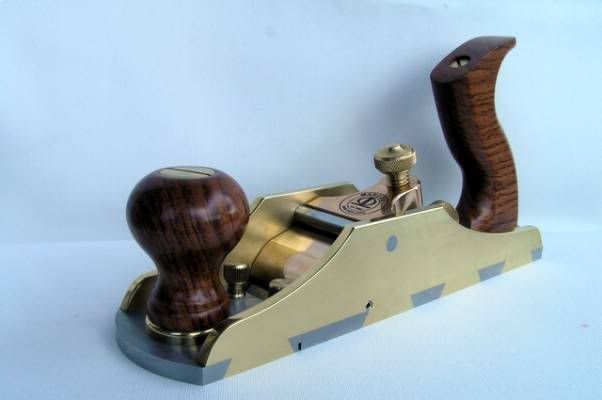Being a relative newbie to this hobby I was wondering what the big deal is with with the high end planes from LN and LV. I have never had the pleasure of using one and I was wondering if their respective performance justifies the cost compared to an average Stanley plane bought at Lowes.
I know I said it, I probably will cause a collective gasp. I couple years ago I bought a block plane at Lowes, for somewhere around $30. I sharpened the plane iron on a Tormek, it is very sharp and still I am not getting the performance I would like. I chaulked it up to my experience and tool setup, but niw with all of the discussions dedicated to the tools I am not so sure. Maybe I just got what I paid for.
Can someone point out some of the differences that help to justify the expense or confirm my original suspicion that it isn't the tool it is the user.
Thanks




 Reply With Quote
Reply With Quote











